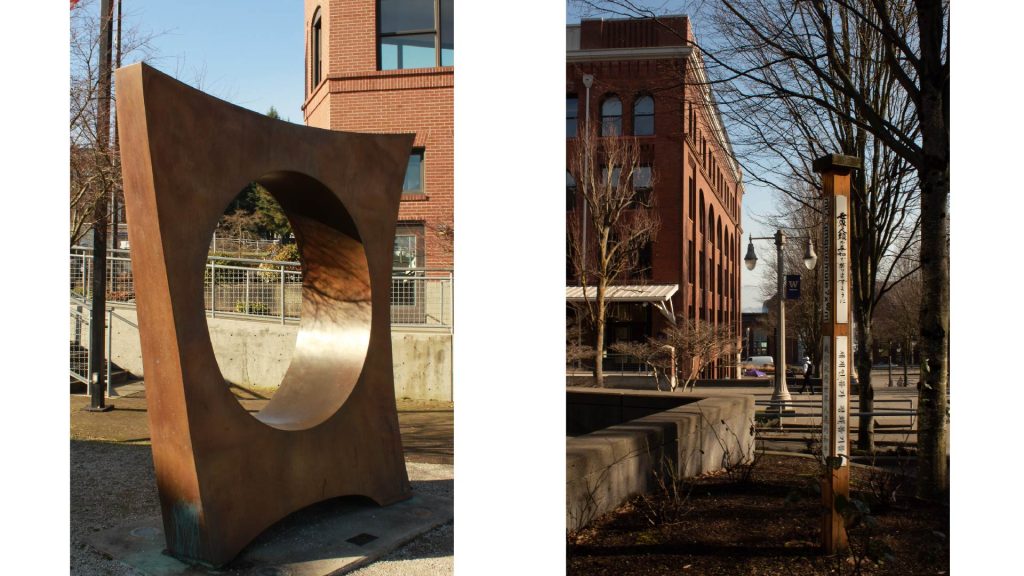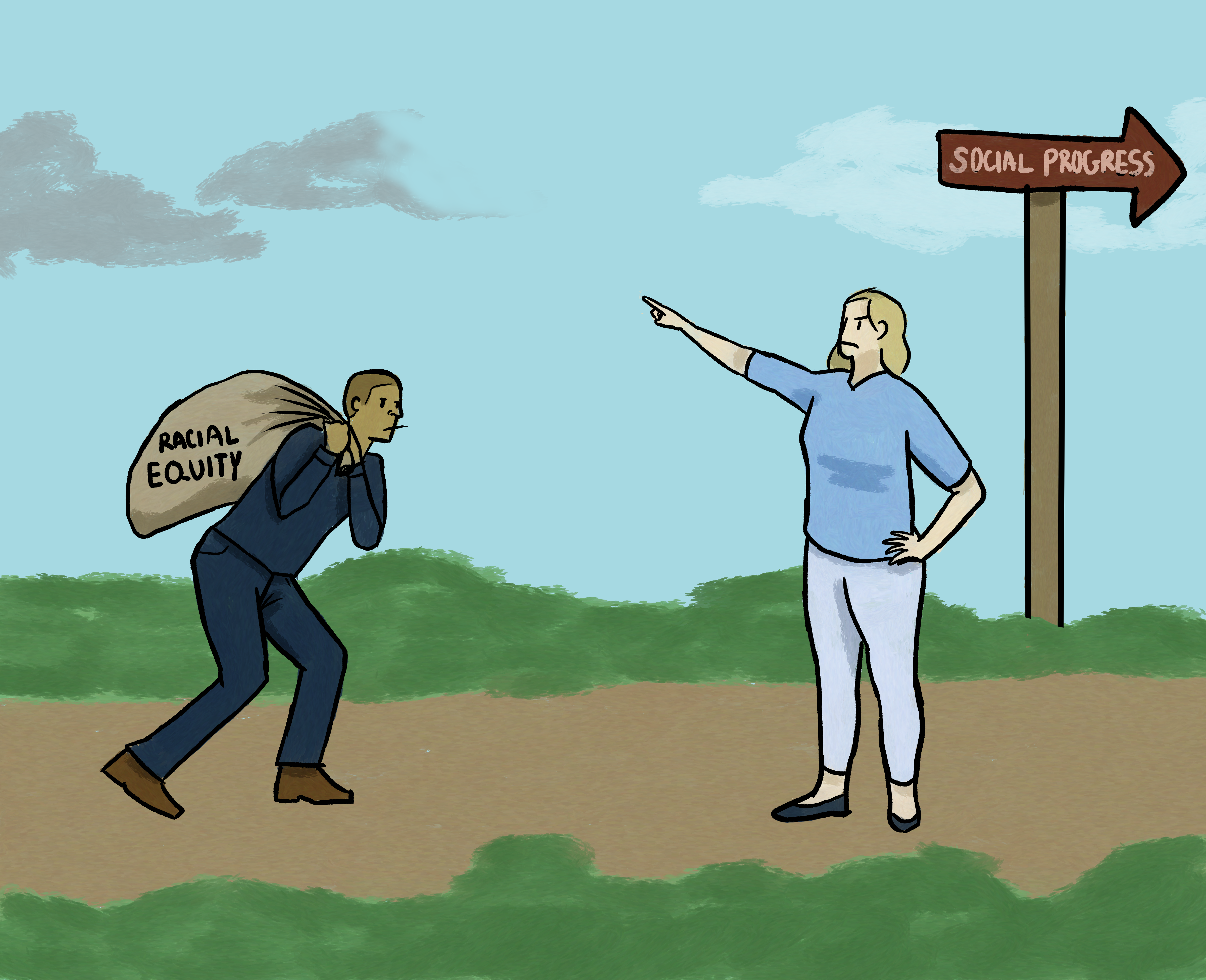OPINION: Is the U.S. really learning from past mistakes?
Feb. 19 is the 80th anniversary of Executive Order 9066. Has anything changed?
On Feb. 19 1942, President Franklin D. Roosevelt signed Executive Order 9066 which authorized the removal of all people deemed to be a threat to national security from the West Coast. This order was the start of the Japanese internment camps and a dark chapter of America’s history.
Internment camps were littered across the West Coast holding over 143,000 Japanese, not just from the United States but also from Canada and other countries in South America. These people were forcibly moved across miles and miles to be put into “relocation camps” surrounded by barbed wire and guards.
Camp Harmony is the nickname for the Puyallup Assembly Center, or better known as the same place where the Washington State Fair is held. The internment camp in Puyallup had armed guards that escorted people, and to go to any other part of the camp you had to get signed papers.
The United States’s unnecessary internment of the Japanese is one of many dark stains on our nation’s history. However, many don’t even know the full extent of the cruelty that our government and people committed.
There was no evidence that there were Japanese spies in the US or in specifically the Pacific Northwest which is where most of the camps were placed.
Even worse, the government destroyed any evidence that presented that there was no evidence of spies. Just take the reopening of the case of Korematsu v. U.S. which proved that there was a massive government cover-up to protect their own behinds.
President Roosevelt knew about this lack of sufficient evidence when he signed Executive Order 9066.
Yet, we never learned about this in our history classes. Just another example of things not told to us. If we don’t learn what we don’t know, how can we know which questions to ask to learn more?
Fear and anti-Asian ideology made the United States government commit a horrific act and we were never fully taught about it. How are we supposed to prevent it from happening again?
We aren’t and we haven’t been. Take Executive Order 13769 for example.
On Jan. 27 2017, President Trump issued Executive Order 13769 also called “Protecting the Nation From Foreign Terrorist Entry Into The United States.” This executive order banned travel from several countries that are predominantly Muslim.
However, once again our government has chosen to listen to fear and Islamaphobic rhetoric. Alex Nowrasteh, an immigration expert at Cato Institute, found that of the seven nations that President Trump decided to suspend all visas from, no foreigners have killed Americans on U.S. soil in terrorist attacks from 1975 to 2015. None.
Nowrasteh also said in his report published by the Cato Institute, “The measures taken here will have virtually no effect on improving U.S. national security.” Virtually no effect.
Yet, this order was still issued, and while President Biden did overturn the executive order on his very first day in office, the sentiment of Islamophobia and hateful rhetoric towards Muslims or even those who look like they could be from the Middle East remains.
It seems once again that we have learned nothing from our past.
We must learn about history even on the UWT campus. The Maru statue is a memorial of a time long gone when there was a language school on what is now the UWT campus. It was shut down when Executive Order 9066 was enacted but before that, it was used to teach children in the community the language, arts, and culture of Japan.
When we learn about other cultures and about each other instead of relying on fear-mongering tactics, the world is a better place. We must learn from the atrocities of our past to better the future.



